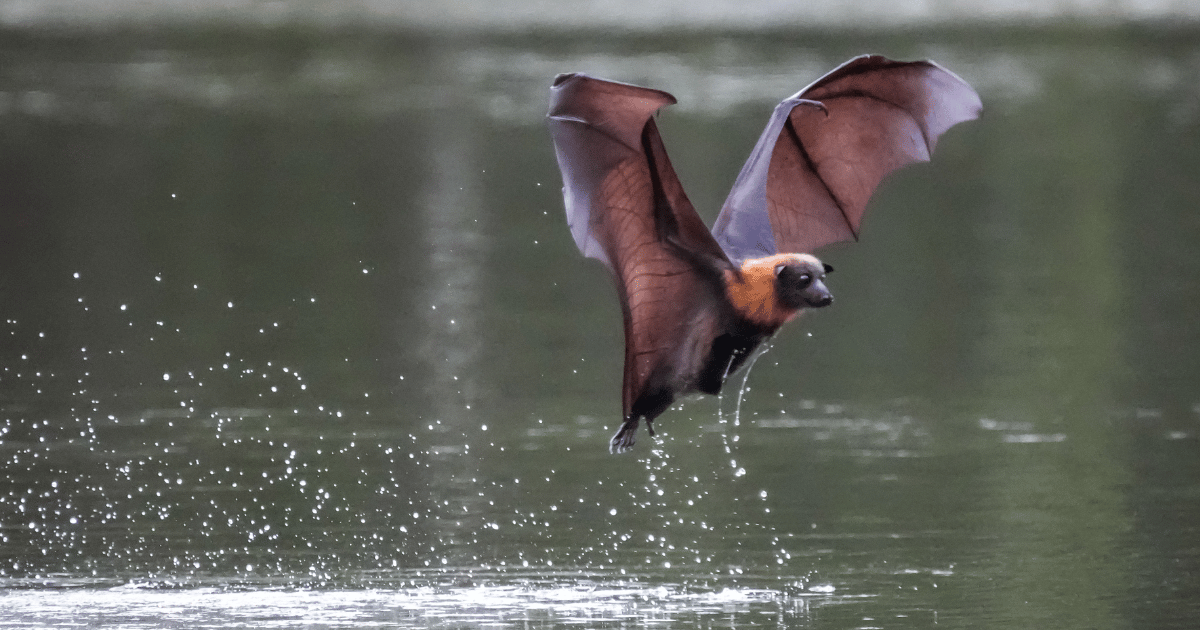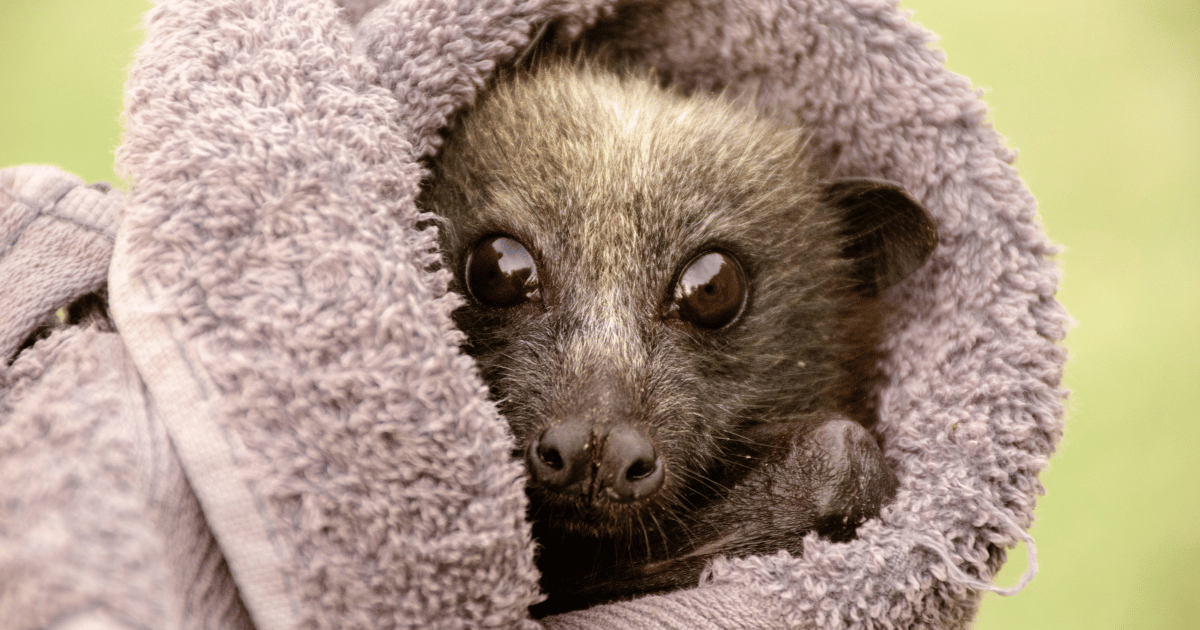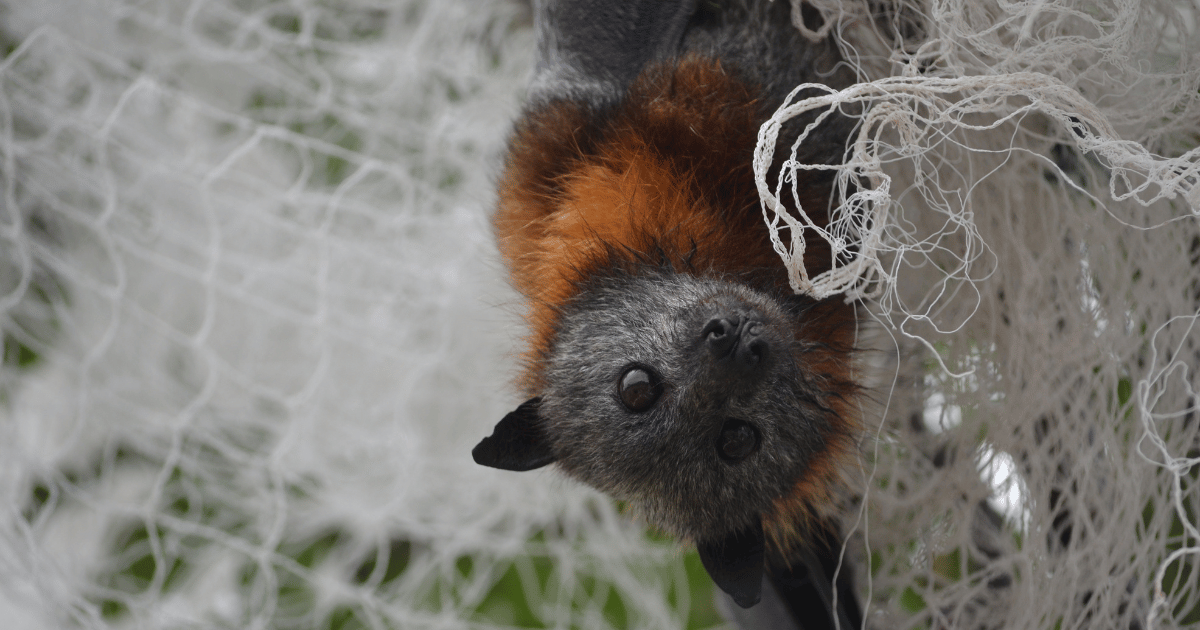These amazing animals, commonly called fruit bats, have a vital role in our ecosystems. However, they face several challenges that endanger their survival. Australian native flying-foxes are an essential part of Australia's natural habitats. Their graceful flight and gentle disposition are closely linked to our ecological heritage, ensuring that the vibrant pulse of life continues to resonate for generations to come.
Why Australian Native Flying-foxes Matter
Pollination: Flying-foxes are Australia’s primary pollinators, crucial in pollinating native flora, including many trees and flowering plants. As they feed on nectar and pollen and fruits, they inadvertently transfer pollen between plants, facilitating reproduction and the production of fruits and seeds. The long distance of their dispersal is essential for maintaining and restoring the health and diversity of Australia's bushland and landscapes.
Seed Dispersal: Flying-foxes disperse seeds over vast areas through their droppings after feeding on fruits. This dispersal helps regenerate bushland and other vegetation, maintaining ecosystem balance and biodiversity.
Ecosystem Health: By pollinating plants and dispersing seeds, flying-foxes contribute to the overall health and resilience of ecosystems. They support the growth of vegetation degraded by fire or drought and provide habitat and food for numerous other species, including insects, birds, and mammals.
Cultural and Ecological Significance: Flying-foxes are not just ecologically important but also hold a deep cultural significance for many Indigenous Australian communities. They are woven into their stories, traditions, and spiritual beliefs, symbolising a profound connection with nature. Additionally, they are keystone species, meaning their presence or absence disproportionately impacts the surrounding environment. They are vital for the survival of Australia’s ecosystems.

Threats Facing Australian Native Flying-foxes
Despite their ecological importance, Australian Native Flying-foxes face a range of threats that endanger their populations. But we can make a difference. We can protect these vital creatures and their habitats by understanding these threats and taking action.
Habitat Loss and Fragmentation: The encroachment of urbanisation, agriculture, and land clearing for development has led to the loss and fragmentation of flying-fox habitats. This has significantly reduced their access to food sources and roosting sites, pushing them into urban areas where they face additional risks. This alarming trend poses a serious threat to their populations.
Human-Wildlife Conflict: Conflict with humans arises from the perception of flying-foxes as pests, particularly in orchards and urban areas where they may cause damage to fruit crops or create noise and mess. Less than 1% of all flying-foxes are infected with Lyssavirus. Australian bat Lyssavirus can only be passed to humans via the saliva of an infected bat crossing a mucous membrane or coming into contact with an exposed nerve via bite or scratch.
Flying-foxes occasionally shed Hendra virus onto horses not vaccinated against Hendra virus. A human in close contact with an infected horse could contract Hendra virus. If you don’t touch flying-foxes, they are at no risk to a human. The misconception of disease risk from bats and the idea of bats as a pest can often result in negative attitudes towards flying-foxes and retaliatory actions such as habitat destruction or culling, which only compounds the problem.
Climate Change: Changing weather patterns, increased temperatures, and extreme weather events associated with climate change can disrupt the availability of food and water for flying-foxes. These impacts have led to starvation events causing the deaths of 1000’s of flying-foxes and abandonment of pups, decreased reproductive success, lower survival rates and changes in their distribution patterns.
Extreme heat events becoming more prevalent, also cause the deaths of 10’s of thousands of flying-foxes over multiple years. Disproportionately affecting pregnant and lactating females this has had a profound impact on fling-fox populations and will continue to do so as climate change continues.
Entanglement and Injury: Flying-foxes are vulnerable to injuries and fatalities caused by entanglement in netting used to protect fruit crops, barbed wire fencing, and discarded fishing lines. Additionally, they may collide with structures such as powerlines and wind turbines, resulting in severe injuries or death.

Rescue Information
If you come across a flying-fox or bat that is sick, injured, or orphaned, it is essential to keep your distance and avoid touching or handling it. These animals can carry a virus that is harmful to humans, although only a small percentage of them are believed to be carriers. Therefore, it is crucial to take necessary precautions and avoid any risks.
Contact WIRES Rescue Line on 1300 094 737 or submit a rescue form for immediate rescue assistance with any flying-foxes or microbats. All WIRES flying-fox and bat rescuers are vaccinated and will respond promptly to such calls.
While awaiting the arrival of a WIRES rescuer, provide shade to keep the flying-fox out of direct sunlight if feasible. If the animal is on the ground, especially on a hot day, place a cool towel or umbrella over it until help arrives.
Tips for Prevention and Rescue
Flying-foxes are often rescued after becoming entangled in fruit netting or caught on barbed wire, so it's important to use wildlife-friendly netting and fencing to prevent such injuries. Additionally, adult flying-foxes are sometimes electrocuted on power lines, leaving behind live pups clinging to their deceased mothers.
If you come across a flying-fox in low bushes, on low branches, or the ground, it requires assessment for potential rescue. Similarly, if you spot a flying-fox away from its usual habitat during the day, it may be sick or injured and should be assessed.

To access 24/7 rescue advice and assistance for sick, injured and orphaned native animals call 1300 094 737, or fill in the online rescue form.
Sign Up for Wildlife News
Stay in touch and get our regular rescue stories, WIRES updates and a free copy of our 15 Ways to Help Wildlife ebook
